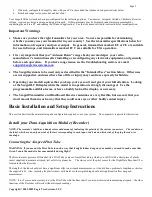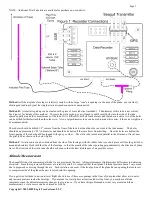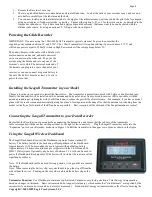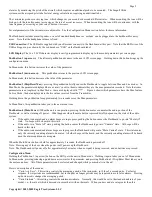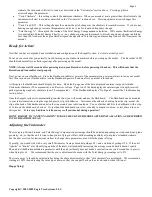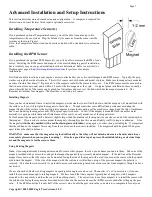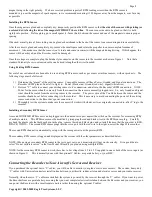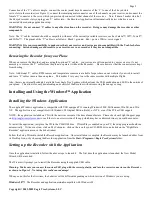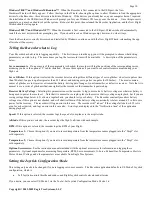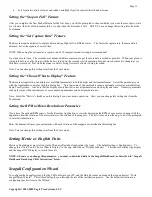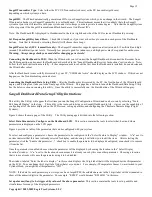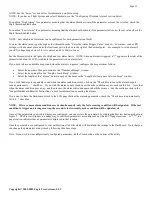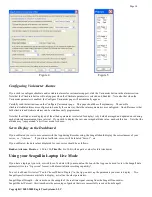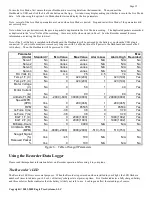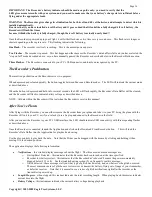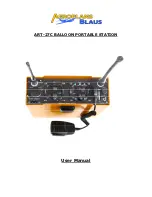
Copyright © 2003-2005 Eagle Tree Systems, LLC
Page 3
NOTE: Additional Pitot Tube kits are available for purchase on our website.
Method A:
If the airplane’s fuselage is relatively sealed, with no large “ram” air openings in the nose of the plane, you can likely
obtain good readings by just leaving the static airspeed connections unconnected.
Method B:
A true static pickup can be created with a piece of brass tube (not included). The diameter of this tube is not critical.
See Figure 1 for details of this method. To create the static pickup, you will need to drill 4 small holes into the side of the tube,
spaced equally around the circumference of the tube. If it is difficult to drill all four holes around the tube in a circle, two of the holes
can be drilled farther forward than the other two. Also, a larger diameter tube can be used to make this easier, if the extra weight can
be accommodated.
These holes should be drilled 1.5” or more from the front of the tube, but should not be too close to the tube mount. The holes
should be approximately 1/32” in diameter, and should be deburred if there are burrs from drilling. Once the holes are drilled, the
front opening of the tube should be plugged with epoxy or other. The static tube is mounted parallel to the direction of travel, near
the pitot tube, as shown in the below figure.
Method C
: A static source can be obtained from the side of the fuselage, with the rubber tube (or a short piece cut from the pitot tube)
mounted absolutely flush with the side of the fuselage, so that the mouth of the tube is pointing perpendicular to the direction of plane
travel. The location of the static tube should be chosen so that the least disturbance of air possible occurs.
Altitude Measurement
The Seagull Glide system measures altitude via a sensor inside the unit. Altimeters measure slight pressure differences to determine
elevation. Since these pressure differences are relatively small, it’s important that the airplane’s internal pressure doesn’t vary much
due to propwash or moving through the air. Such variation can occur if the front portion of the plane has an opening that causes air
to compress inside of the plane when air is forced into this opening.
If you get lots of altitude variation at level flight, check to see if there are openings in the front of your plane that allow air to enter
and increase pressure inside the fuselage. If your plane is not airtight or at least sealed well up front, you may have altitude
jumpiness, since the altimeter measures changes in air pressure. If you have this problem and/or want very accurate altitude
measurements, a static source can be obtained as follows:


